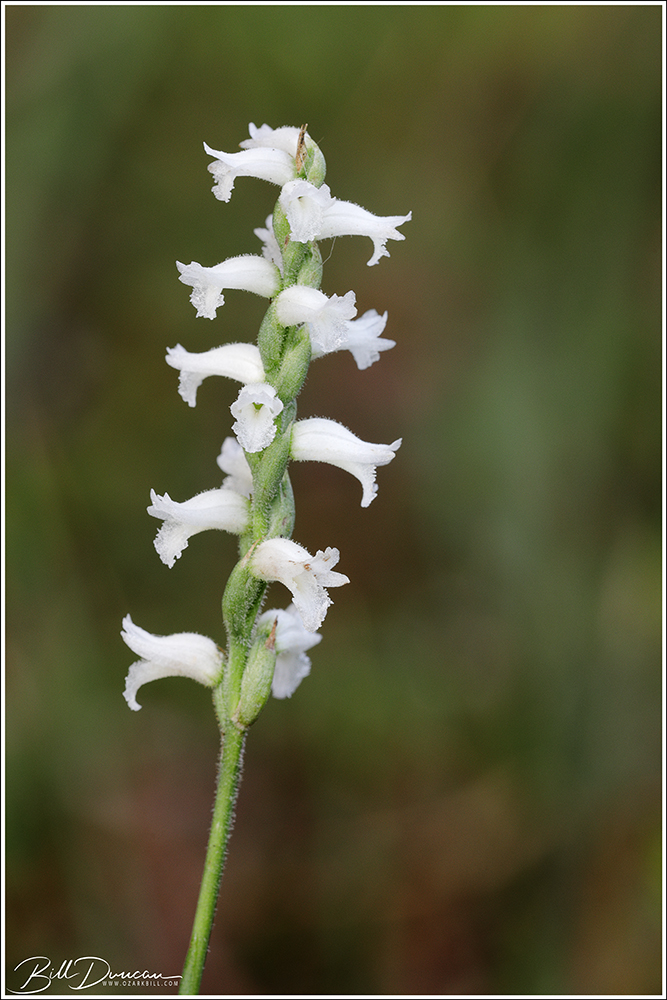Anyone who has hung around biologists and naturalists long enough has surely heard the complaints of how taxonomists are going too far in their evil over-splitting ways. Their notion being that phylogenies painstakingly developed via decades of phenotypic comparisons should not be overturned by a few afternoons of running gels in a lab. I’m sure most of us can point to a convincing example of over-splitting amongst our favorite groups of organisms, but I hope that the subject that I am featuring tonight will give you pause before reaching for that familiar defense and realize there are circumstances where a group benefits from a fine dissection when the appropriate tools are available.
A great example of a group that has benefited from a well-executed genetic taxonomic treatment is the Spiranthes cernua species complex of the “ladies tresses” orchids. This species complex has long been known for cryptic species with curious cases of plants being plants – exhibiting hybridism, polyploidy (having more than two sets of chromosomes) and apomixis (reproduction without fertilization). The species, Spiranthes cernua, which is found in Missouri, has been problematic and considered as a polyphyletic taxa (derived from two or more distinct ancestral taxa). In attempting to shed light on the phylogenetics of this species complex, Mathew Pace and Kenneth Cameron have published a fantastic treatment in which they attempt at “Untangling the Gordian Knot”. Most of what I write here is paraphrased from their paper cited at the end of this post.
A common method of speciation in plants is interspecific hybridization. Pace and Cameron identified three instances of ancient hybrid speciation involving S. cernua. One of these circumstances that has now been given specific status is Spiranthes niklasii. This species is near-endemic to the Ouachita Mountains of Arkansas and is likely a result of a proposed ancient hybridization event between Spiranthes cernua and Spiranthes ovalis.
Pace and Cameron describe S. niklasii as being quite similar in appearance to S. cernua, but can be distinguished by “a central ridge of small papillae on the adaxial surface of the labellum, more strongly campanulate flowers, and usual preference for a more xeric habitat.” When I read this and found out we had an opportunity to see this species, I knew I wanted to try and capture those papillae in a photograph. We found this species in bloom in Saline and Pulaski Counties in Arkansas on 10, October, 2021. While my photos cannot do justice to the excellent figures found in the above mentioned work, I was still thrilled to be able to capture these minute structures while on a camping trip in the Ouachitas.

By the way, one of the other cases of hybrid speciation involving S. cernua that was identified by Pace and Cameron has further implications on my work. Spiranthes incurva is a newly described species that is hypothesized to be the result of an ancient hybridization between Spiranthes cernua and Spiranthes magnicamporum. In Missouri, the result of this split is that S. incurva now lies roughly above the Missouri River while S. cernua is found south of the river. This means that I now have added another species to my orchids of Missouri. A new orchid for me to photograph!
I would like to thank Casey Galvin and Eric Hunt for helping me find these plants.
Literature Cited
Pace, Mathew C., and Cameron, Kenneth M. 2017. The systematics of Spiranthes cernua species complex (Orchidaceae): Untangling the Gordian Knot. Systematic Botany. 42(4): pp. 1-30
Until next time,
-Ozark Bill
